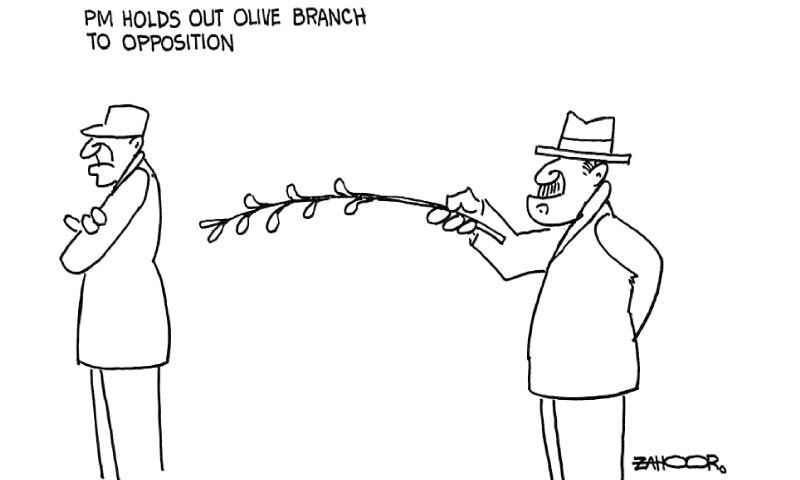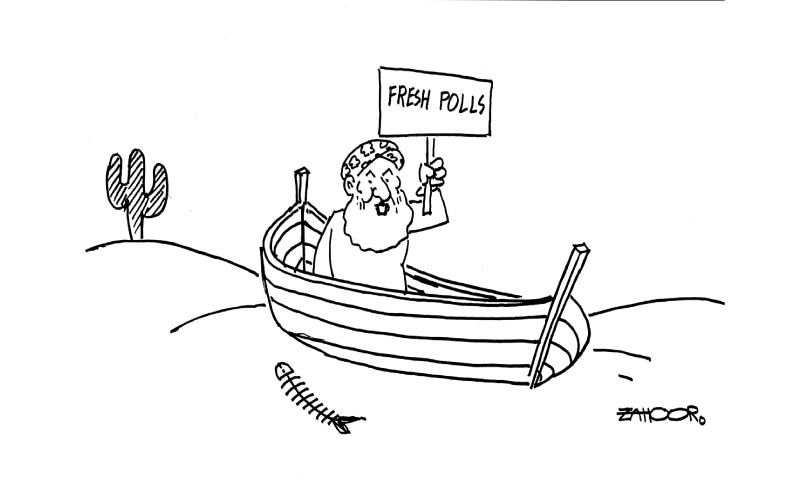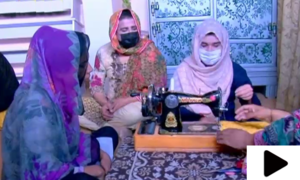یہ ننھی بچی انسٹاگرام اسٹار کیسے بنی؟
بچوں کو کسی کام سے روکنا والدین کے لیے ایک بڑا چیلنج ہوتا ہے خاص طور پر جب ننھے فرشتے گھُٹنوں کے بل چلنا شروع کردیتے ہیں اور انہیں سُلانا تو دنیا کا سب سے مشکل ترین کام ہے۔
ایسا تجربہ ہر ماں اور باپ کو ہوتا ہے جس کے لیے انہیں تحمل کا مظاہرہ کرنا چاہیے تاکہ بچوں کی ذہنی نشوونما سختی سے متاثر نہ ہو۔
اسی بات کو مد نظر رکھتے ہوئے ایک خاتون لورا ازیومیکاوا چوئی نے اس مشکل کو ایک مشغلے کی شکل دے کر اپنی ننھی پری کو دنیا بھر میں انسٹاگرام اسٹار بنا دیا۔
لاس اینجلس سے تعلق رکھنے والی اس خاتون نے اپنی چند ماہ کی بیٹی کو نیند کے دوران مختلف طرح کے ملبوسات پہنا کر اس کی تصاویر انسٹاگرام پر شیئر کیں اور اب یہ اکاﺅنٹ بہت زیادہ مقبول ہوچکا ہے۔
چار ماہ کی عمر سے جوئے ماری چوئی کو اس کی ماں نیند کے دوران مختلف طرح کے تجربات سے گزارتی ہیں، خاص طور پر مختلف ممالک کے روایتی ملبوسات میں تصاویر کھینچ کر شیئر کی جاتی ہیں۔
اس پراجیکٹ کو #JoeyWorldProject کا نام دیا گیا، جس میں اب تک بیس سے زائد ممالک کے ملبوسات پہنی یہ ننھی پری لوگوں کے دلوں میں اتر چکی ہے۔
ان ممالک میں سے ایک پاکستان بھی ہے جبکہ دیگر ممالک کی تصاویر بھی آپ نیچے دیکھ سکتے ہیں۔
پاکستان
مراکش
لائبریا
اسپین
مصر
پیرو
گوئٹے مالا
افغانستان
سعودی عرب
ایکواڈور
چلی
البانیہ
فرانس
سنگاپور
برطانیہ
ویت نام
جاپان
امریکا
بھارت
منگولیا
انڈونیشیاء
بلغاریہ
برازیل
یوکرائن
کویت
روس
کوسٹاریکا
کینیڈا
ناروے
جنوبی کوریا















 لائیو ٹی وی
لائیو ٹی وی